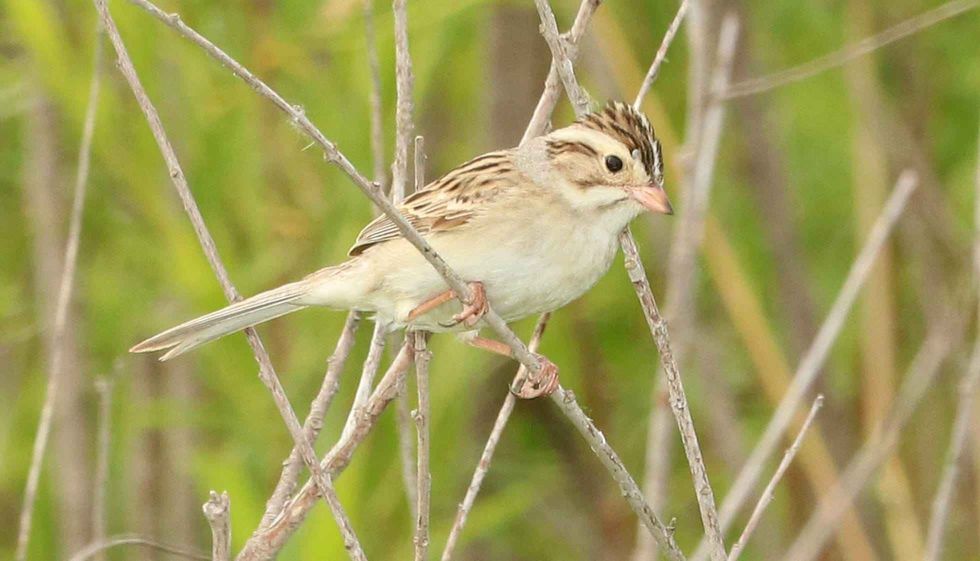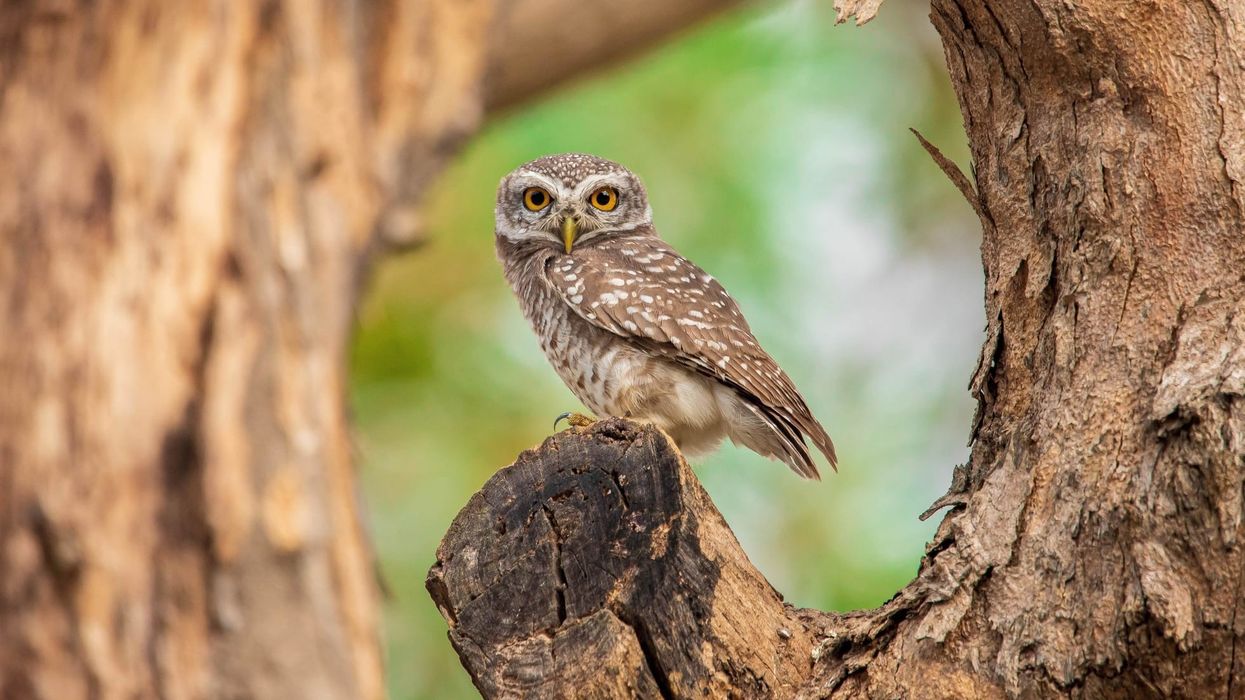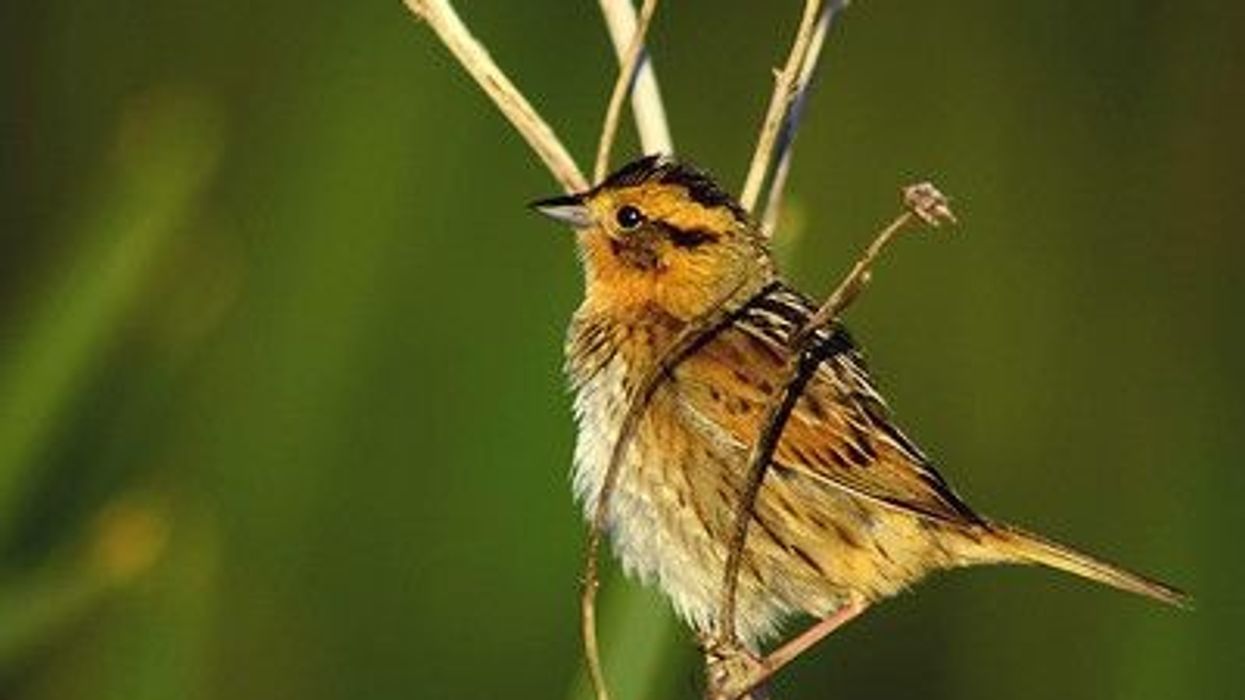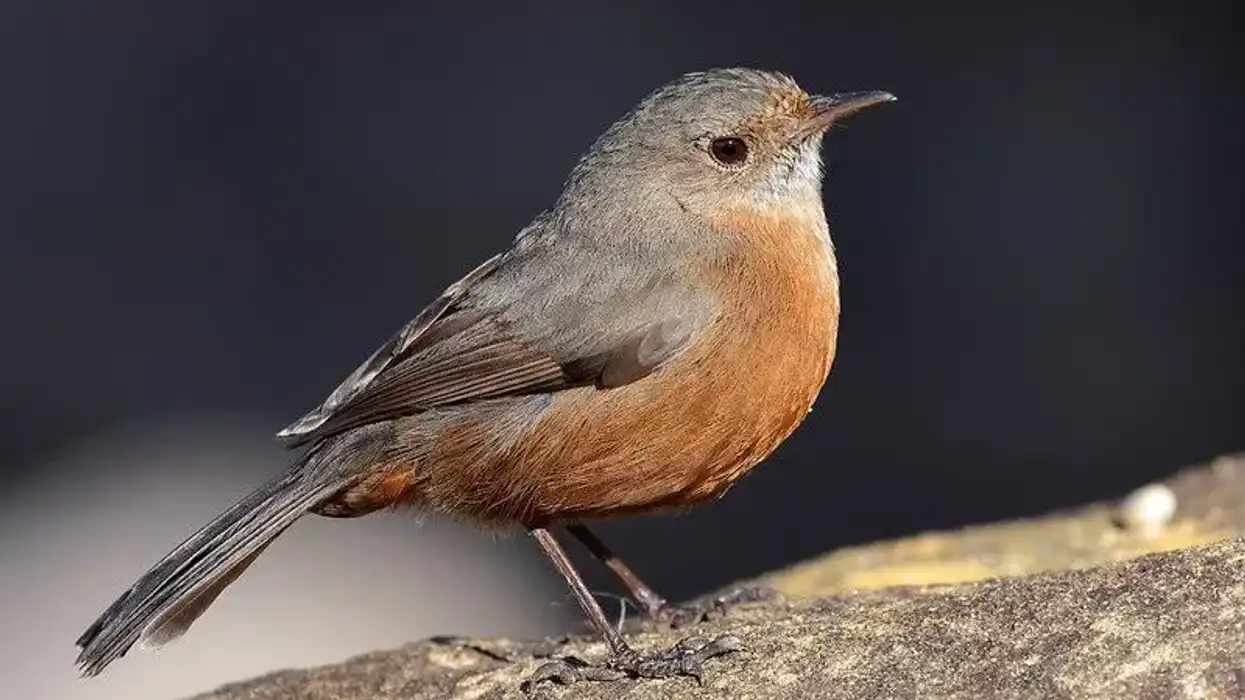Only a few locations in eastern Washington have consistent sightings of the clay colored sparrow (Spizella pallida). Buff gray underparts, brown rump, and streaked wings with two white wing bars characterize this little sparrow with a slightly notched tail.
The chipping sparrow, the closest relative, has a brown rather than grey rump and a lighter facial pattern. Both species have separate songs and inhabit different habitats. The clay colored sparrow (Spizella pallida) belongs to order Passeriformes, family Passerellidae, and genus Spizella.
These birds forage on the ground in their nesting territory, mainly eating seeds and insects while giving out insect like buzzes. Here are some interesting facts on clay colored sparrows for your perusal. Afterward, do check our other articles on chipping sparrow facts and java sparrow facts as well.
Clay Colored Sparrow Interesting Facts
What type of animal is a clay colored sparrow?
The clay colored sparrow (Spizella pallida) is a tiny New World sparrow found in North America of the family Passerellidae.
What class of animal does a clay colored sparrow belong to?
A clay colored sparrow is a sparrow that is a bird of order Passeriformes, family Passerellidae, and genus Spizella.
How many clay colored sparrows are there in the world?
There is no estimation of how many clay colored sparrows are left in the world. But as the conservation status of this species is of Least Concern, their survival is not of any concern at the present.
Where does a clay colored sparrow live?
The clay colored sparrow is a common summer bird that lives on the northern plains, where males perch on the tops of low thickets to sing their flat and repetitive buzzes.
What is a clay colored sparrow's habitat?
Across the northern plains, a clay colored sparrow breeds in shrublands, field borders, and thickets. Look for them toward the eastern end of their range on Christmas tree farms and grassy regions with short and scattered conifers. Wintering areas include desert grasslands, highland plains, thorn scrub, farms, and brushy slopes.
Who do clay colored sparrows live with?
The clay colored sparrow lives as a flock of birds. These North American birds also migrate in groups.
How long does a clay colored sparrow live?
A clay colored sparrow can live for an average of six years across its natural habitat.
How do they reproduce?
Male sparrows arrive a few days before females and begin establishing territories on the nesting grounds. Nests are usually found on the ground or in a low bush, no more than 5 ft (1.5 m) off the ground.
The female constructs an open cup nest of grass, weeds, and twigs. Each clutch has four eggs, and the female conducts the majority of the incubation. After seven to nine days, the juvenile clay colored sparrow leaves the nest and starts roaming about on its own.
What is their conservation status?
According to the Breeding Bird Survey, clay colored sparrows are the most abundant low shrub songbirds of the northern prairies, particularly in Canada. There has been a slight but considerable drop in breeding populations over much of their area during the last 20 years. Brown headed cowbirds frequently parasitize them.
Clay Colored Sparrow Fun Facts
What do clay colored sparrows look like?
Adult clay colored sparrows have pale underparts and light brown upperparts, with darker stripes on the back. These nesting birds have a light brown cheek patch, a pale crown stripe on a dark brown crown, a white line above the eyes, a dark line across the eyes, brown wings with wing bars, and a light brown cheek patch.
These North American birds have a long tail and a small beak with a black tip while the back of the neck is gray.
How cute are they?
The clay colored sparrow is a small, thin, and wonderfully adorable bird. Overall, it's subtly striped with mild gray and buff. Normally, the face seems crisp and clean.
How do they communicate?
Simple tip notes are repeated on several occasions, including communication between mates, parent to offspring, and among flock members. When these birds become alarmed, this call becomes louder and harsher.
How big is a clay colored sparrow?
The clay colored sparrow is two times smaller than the Harris's sparrow. An average clay colored sparrow bird is 5.1–6 in (12.9-15.2 cm) long with a wingspan of up to 7.5 in (19.05 cm).
How fast can a clay colored sparrow fly?
A clay colored sparrow can travel at a speed of around 25 mph (40.2 kph).
How much does a clay colored sparrow weigh?
The clay colored sparrow approximately weighs around 0.4 oz (0.011 kg).
What are the male and female names of the species?
There is no specific name for male and female clay colored sparrows. They are known as male clay colored sparrow birds and female clay colored sparrow birds respectively.
What would you call a baby clay colored sparrow?
There is no specific name for a baby clay colored sparrow. These North American birds are simply called young ones or baby clay colored sparrows.
What do they eat?
Clay colored sparrows mostly consume grass, forb, and shrub seeds and leaf buds. Insects such as leafhoppers, ants, grasshoppers, and moths are also eaten.
Are they aggressive?
No, these birds are not aggressive. These species are not that aggressive looking over their eggs.
Would they make a good pet?
No, the habitat and environment vary a lot from how these birds live in a cage.
Did you know...
The oldest known clay colored sparrow was at least six years, 11 months old when it was recovered and rereleased in Alberta in 1995 during banding operations.
These birds have made major contributions to science. Approximately 5000 research articles have been published using these little birds as research subjects.
When you compare clay colored sparrow vs chipping sparrow, you will notice several differences in appearance. The chipping sparrow has a rusty cap and darker and colder gray plumage as compared to clay colored sparrows.
Threats to the clay colored sparrow
In New York, the major concern to clay colored sparrows is the loss of appropriate habitat due to succession. In many sections of the state, cultivation has reduced, leaving former agricultural fields to thrive as shrub habitat.
This has likely resulted in a temporary increase in inadequate nesting habitat. However, if management is not implemented, succession will continue and appropriate shrubby regions would finally decrease. Brown headed Cowbird brood parasitism is another possible hazard.
What is special about sparrows?
Sparrows play an important role in the food chain. Sparrows have a chirpy personality and are gray and brown.
This bird species has the potential to fly at a speed of around 25 mph (40.2 kph) and can even exceed 33 mph (53.1 kph). According to folklore, a sparrow fluttering into one's home portends good fortune (especially if it builds a nest).
Here at Kidadl, we have carefully created lots of interesting family friendly animal facts for everyone to discover! For more relatable content, check out these chipping sparrow facts and red throated loon facts pages.
You can even occupy yourself at home by coloring in one of our golden sparrow coloring pages.









